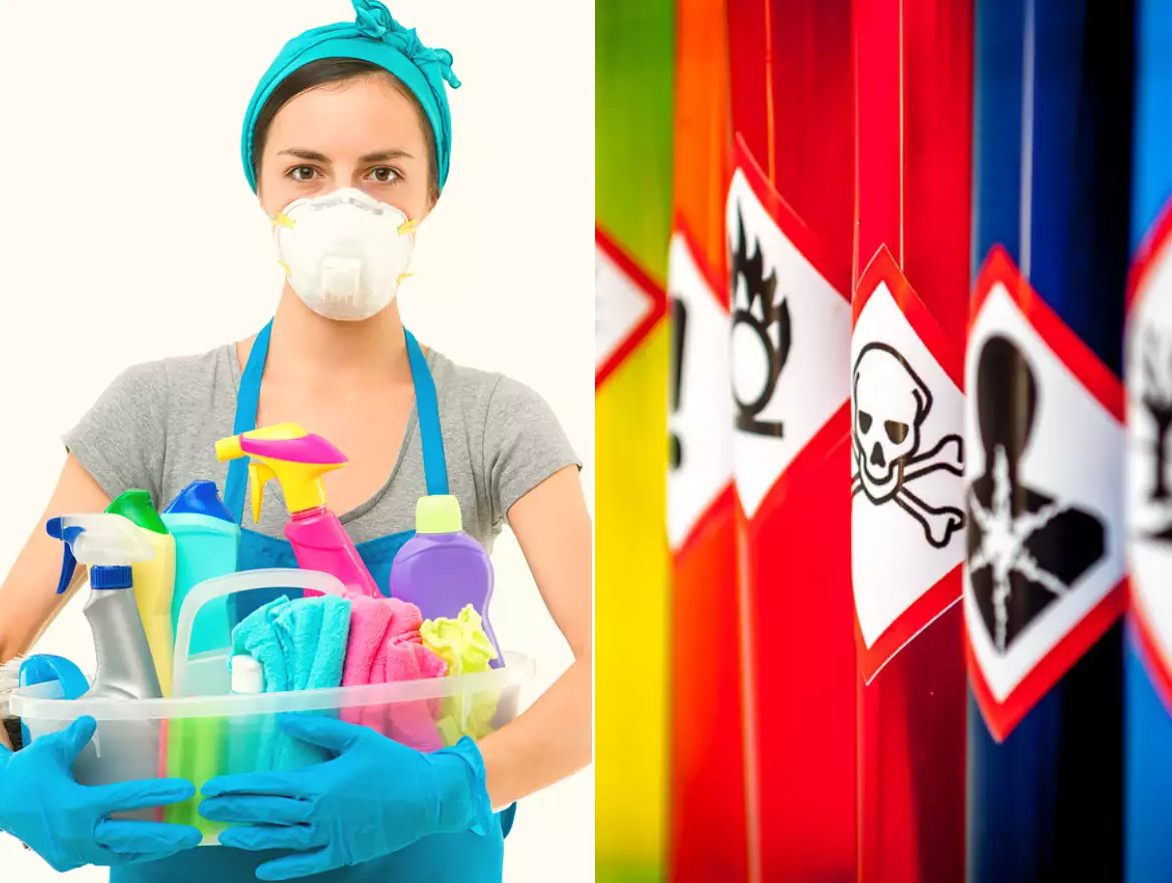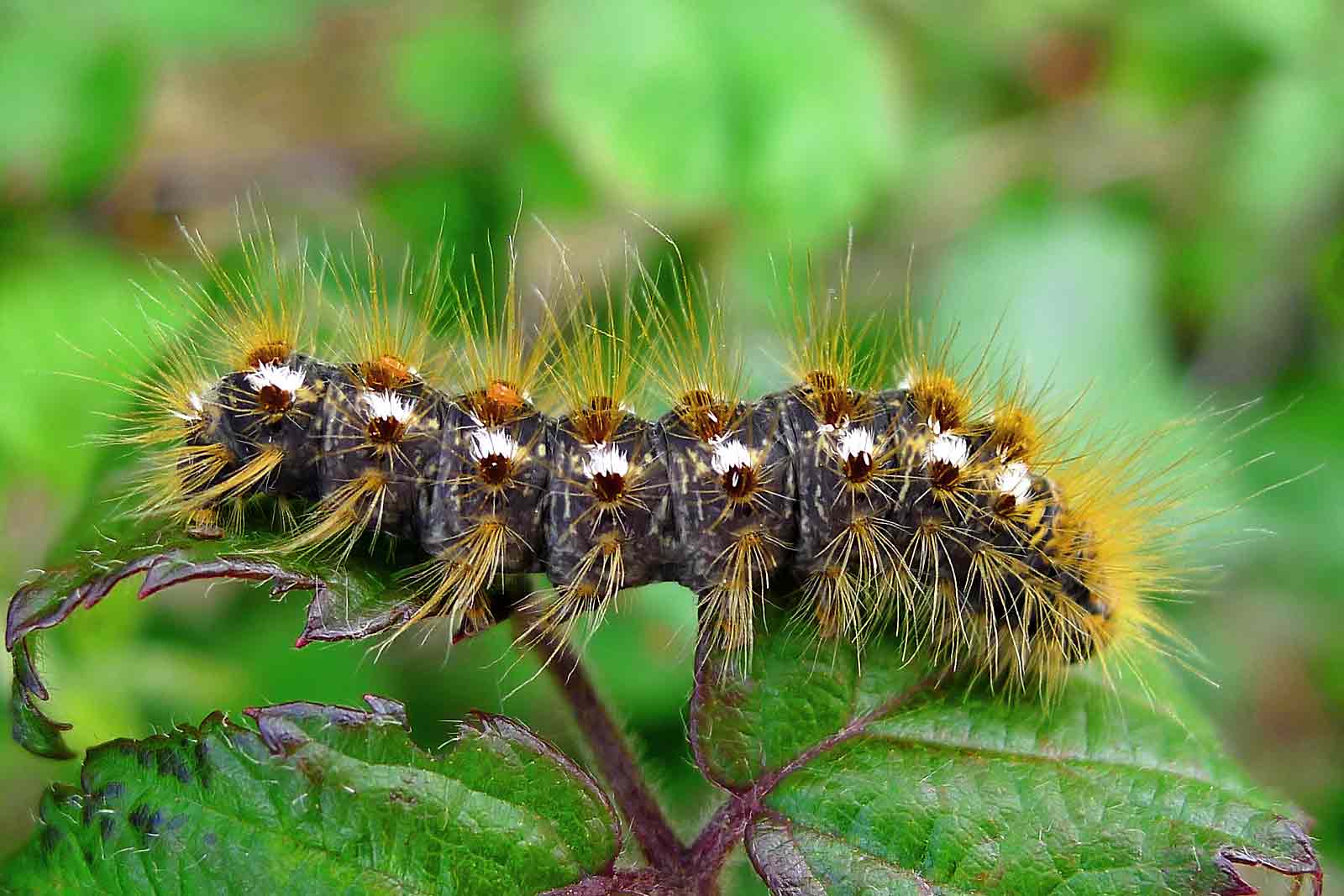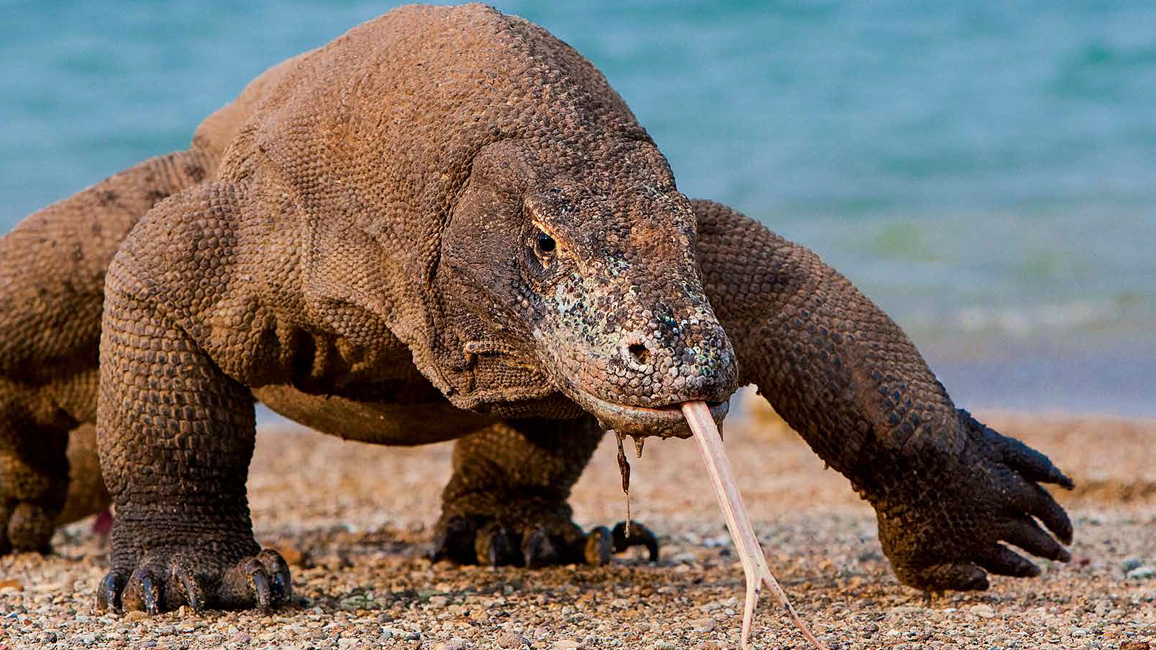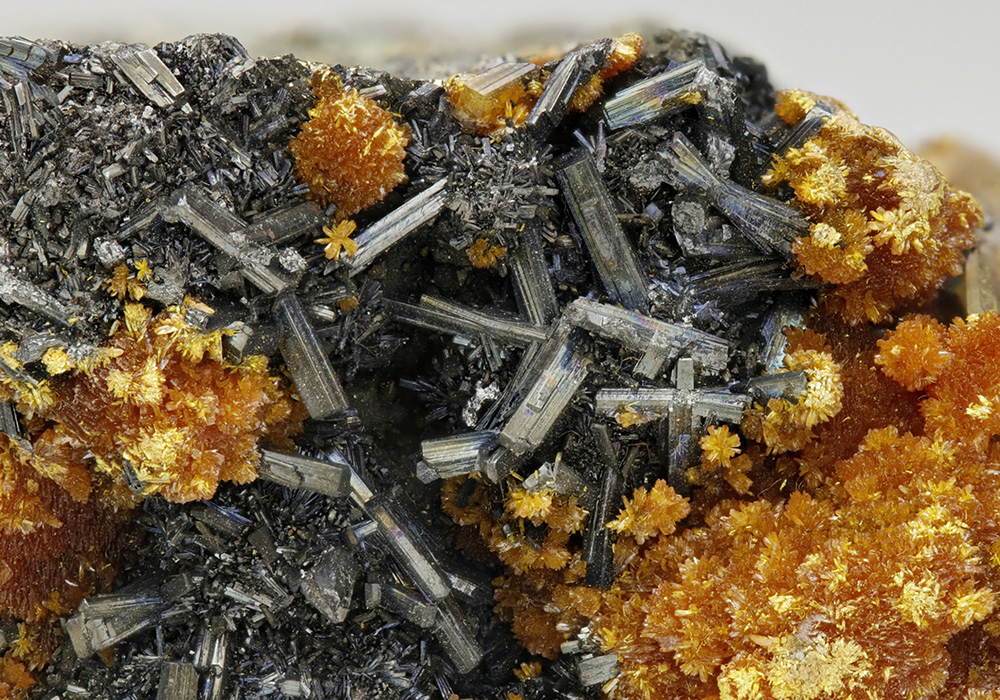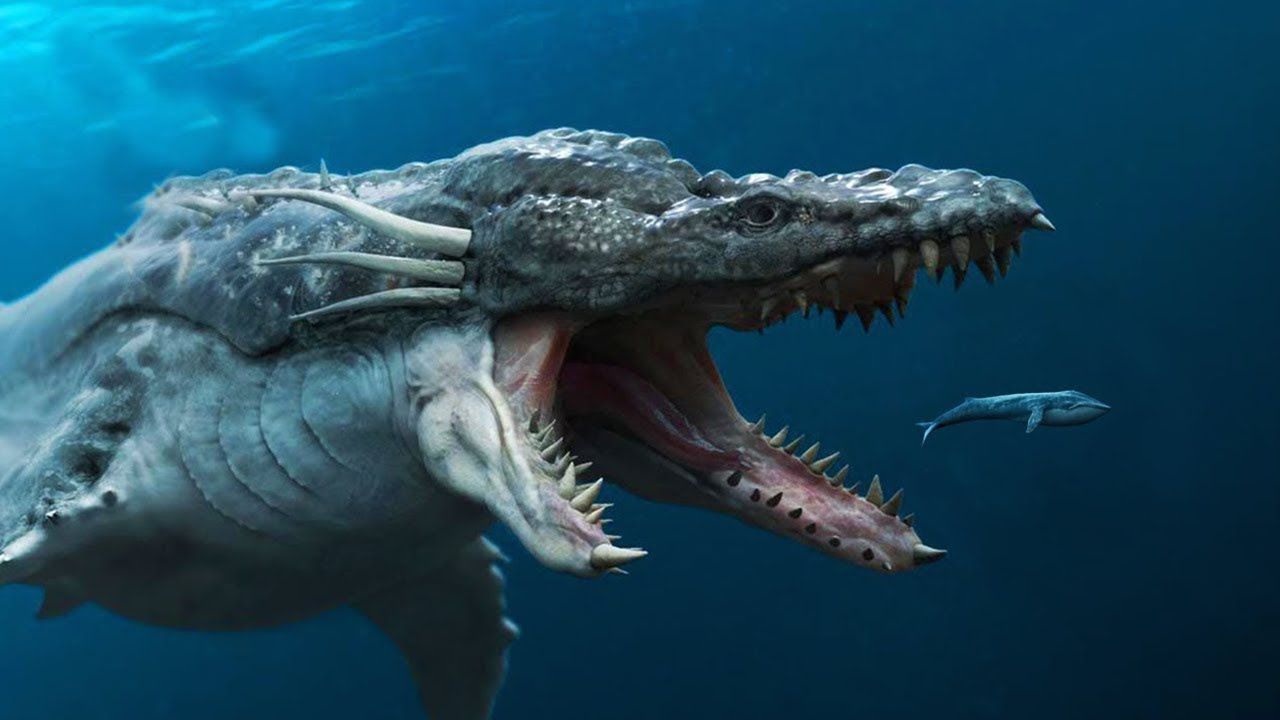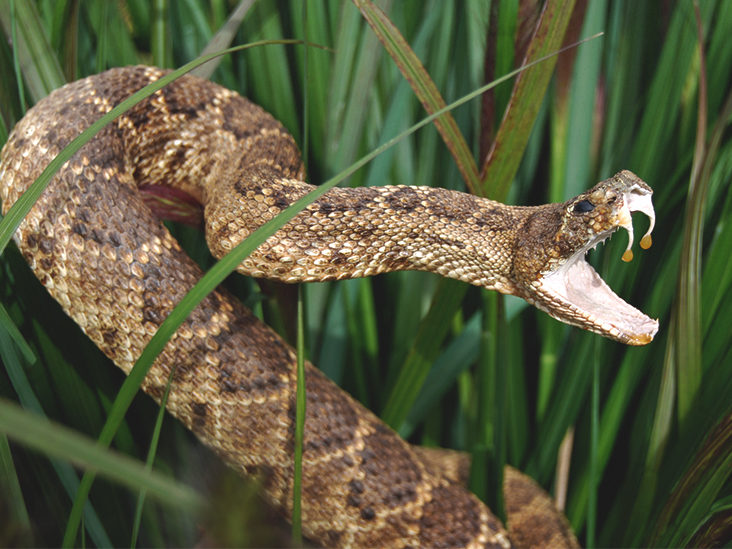Common and Dangerous Poisons
Poison, in biochemistry, a substance, natural or synthetic, that causes damage to living tissues and has an injurious or fatal effect on the body, whether it is ingested, inhaled, or absorbed or injected through the skin. Technically, anything can be a poison. If you drink enough water, you'll die. If you are exposed to any poisonous product or substance, call 1-800-222-1222.
The world’s five deadliest poisons
When asked to name a poison, people may well think of cyanide, arsenic or strychnine. But these are not the most toxic substances known. More poisonous than these, but still not near the top of the tree, is tetrodotoxin, the pufferfish toxin that poisons around 50 Japanese people every year. The fish is a delicacy in Japan, but can be lethal if prepared incorrectly. Incidentally, this was the poison favoured by evil assassin Rosa Klebb in James Bond film From Russia With Love. It also crops up in the blue-ringed octopus and was more recently discovered in tiny frogs in Brazil.
Top 50 Dangerous Bugs in America
Warm summer weather means more insects — along with more people trying to enjoy the outdoors while avoiding pesky pests. However, some are more than a mere nuisance. Although bugs are a crucial part of the ecosystem, some small creepy crawlers pose big threats to humans and animals.
When you think of deathly, dangerous bugs, it's a good bet you think of some myth-like monster in some far-flung locale. You know, the Tse Tse fly in Tanzania, or the wandering spider in Brazil. It might feel like the United States is an insect-free oasis—at least compared to Australia, where spiders literally fall like raindrops, by the thousands, in a terrifying phenomenon aptly dubbed, "spider rain." But the unfortunate reality is that dangerous insects are likely lurking in your own backyard.
Komodo dragon: Giant venomous Lizards
Komodo dragons kill using a one-two punch of sharp teeth and a venomous bite. Komodo dragons are large lizards with long tails, strong and agile necks, and sturdy limbs. Their tongues are yellow and forked. Adults are an almost-uniform stone color with distinct, large scales, while juveniles may display a more vibrant color and pattern.
Top Deadly Poisons
In the case of Hawley Crippen, the unusual poison choice, Hyoscine, led investigators to question the validity of the remains. It seemed unusual for the toxicologist to check immediately for the common alkaloids before looking for more common poisons. But what are the more common poisons used in murders?
As far as the murder of individuals is concerned there are relatively few agents that have been used and of course there is no way of knowing how many people have been deliberately killed this way because no doubt many such deaths were attributed to natural causes.
Deadliest Rocks And Minerals On Earth
Precious minerals make the modern world go 'round—they're used in everything from circuit boards to tableware. They're also some of the most toxic materials known to science, and excavating them has proved so dangerous over the years, some have been phased out of industrial production altogether.
THE Most Terrifying Prehistoric Animals — That Weren’t Dinosaurs
While dinosaurs get all the attention, discover why prehistoric creatures like the terror bird and the Titanoboa are just as terrifying.
For about 135 million years, dinosaurs were the undisputed rulers of the Earth. And they might still have been today if not for the cataclysmic comet that struck Earth some 65 million years ago. However, our planet has been around for a lot longer than the dinosaurs’ reign and, as it turns out, nature has been quite adept at producing nightmare-inducing monsters other than dinosaurs.
10 Scariest Underwater Predators
On land during the day, we humans rule. Or at least we're considered top predators, and with our feet on the ground, we're in our element. In the sea, sans a boat, forget about it. We're too slow, too encumbered with gear, and often too stupid to be much more than prey. What's to worry about down there? Plenty!
Yes, this list is subjective, but it's based on research aimed at finding the creatures of the deep that conjure the most compelling combination of frightening personas, actual aggression and/or real pain or death to humans. More often than not, pain and death from sea creatures is avoidable, especially in the case of two on this list that inflict most of their damage in home aquariums and restaurants.
What Is ANTIVENOM? And How to Make it?
Antivenoms are purified antibodies against venoms or venom components. Antivenoms are produced from antibodies made by animals to injected venoms. Antivenom is the only definitive treatment for effective bites by venomous Australian snakes. Prior to the availability of antivenom, death ensued in approximately 45% of tiger snake envenomations and more than 90% of taipan envenomations. The decision to use antivenom should be based on the patient's history, examination and pathologic findings, and the type of antivenom used will depend on geographic, clinical and pathologic factors.
What to do after bee or wasp sting
Treating bee and wasp stings depends on their severity. The majority of problems that require medical attention come from an allergic reaction to the sting. In most cases, complications from that reaction respond well to medications -- when given in time.
The most familiar sting is from honeybees, but some wasps and other insects can also sting. Yellow jacket wasps are the most common cause of allergic reactions to insect stings in the United States. The bee’s stinging apparatus consists of a sac of venom attached to a barbed stinger. When a bee or wasp stings, the sac contracts, pumping venom into the tissue. Wasps are more aggressive than bees, and they may sting you multiple times, resulting in more swelling and pain.
What to Do After a Snakebite
As the weather warms up, serpents will start to slither out of their winter hideouts and, inevitably, cross paths with humans. Such encounters may end in a trip to the emergency room.
“Throughout the spring and summer months, the numbers (of snakebite-related ER visits) double, triple, maybe even more than that,” says Diane Calello, MD, an associate professor of emergency medicine at Rutgers New Jersey Medical School in Newark. “It’s certainly a warm-weather phenomenon.”
First Aid: Animal Bites
Animal bites and scratches that break the skin can sometimes cause infection. Some bites need stitches while others heal on their own. Rarely, bites from wild animals can lead to rabies, a life-threatening infection. Bats, raccoons, skunks, and foxes cause most rabies cases.

